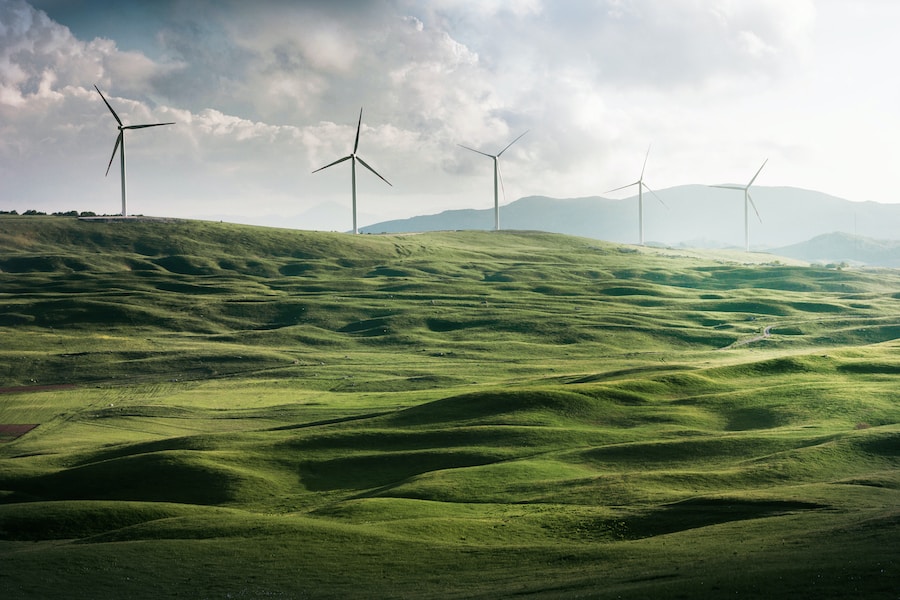Is Climate Change Making Spiders Bigger?
The impact of climate change on wildlife has garnered increasing attention, particularly regarding how it affects various species, including spiders. Recent studies and reports suggest that some spider species may indeed be growing larger as a result of changing environmental conditions. This blog will explore the science behind these claims, examining the links between climate change and animal size, the specific factors affecting spider growth, and the implications for ecosystems.
The Link Between Climate Change and Animal Size
Climate change is reshaping ecosystems around the globe, influencing not only weather patterns but also the size and behavior of various species.
– Temperature and Size: Warmer temperatures can lead to increased metabolic rates in animals, often resulting in larger body sizes. This phenomenon aligns with Bergmann’s rule, which posits that larger animals are typically found in colder climates as a survival adaptation.
– Examples of Size Changes: Beyond spiders, other animals have shown size changes due to climate shifts. For instance, some fish and insects have exhibited increases in size as temperatures rise.
How Climate Affects Spider Growth
Several factors contribute to spider growth in changing climates:
– Temperature: Warmer environments enhance metabolic rates, allowing spiders to grow larger more quickly.
– Food Availability: Increased temperatures can lead to higher insect populations, providing more food for spiders. This abundance supports greater growth and reproduction rates.
– Environmental Conditions: Changes in habitat due to climate shifts can also influence spider size by altering their living conditions and prey availability.
Studies indicate that certain spider species thrive in warmer environments with abundant food sources, leading to increased body sizes[1][2].
Studies Linking Climate Change to Larger Spiders
Recent research highlights a correlation between rising temperatures and spider size:
– Case Study of Arctic Wolf Spiders: A significant study observed Arctic wolf spiders (Pardosa glacialis) experiencing a baby boom due to warmer weather. They not only increased their egg production but also grew larger as the climate warmed[1][2].
– Urban Heat Islands: Research has shown that urban areas with heat islands can support larger spider populations, further illustrating how temperature influences growth dynamics[5].
Indirect Effects of Climate Change on Spider Populations
Climate change impacts the ecosystems that support spider populations:
– Prey Availability: As climate conditions shift, the availability of prey species can increase or decrease. For example, warmer temperatures can lead to more insects, which in turn supports larger spider populations.
– Weather Patterns: Changes in rainfall and temperature extremes may alter spider habitats, affecting their growth potential. Longer growing seasons allow spiders more time to mature before winter[2][3].
Does Bigger Mean More Dangerous?
The notion that larger spiders are more dangerous is a common fear:
– Size vs. Threat: While larger spiders may seem more intimidating, size does not necessarily correlate with venom potency or aggressiveness. Many large spider species are harmless to humans.
– Venom Considerations: Larger body size does not inherently mean increased venom toxicity; rather, it may simply reflect adaptations to their environments[5][6].
FAQs
– Are all spiders getting bigger due to climate change?
Not all species respond uniformly; some may grow larger while others may not be affected or may even decrease in size due to environmental stressors.
– Why does warm weather lead to larger spiders?
Warmer temperatures enhance metabolic rates and increase food availability, both of which contribute to greater growth rates.
– Should we be worried about more spiders as the climate changes?
While increased spider populations might raise concerns for some, many species are beneficial for controlling insect populations.
– Do bigger spiders mean more aggressive spiders?
Size does not equate to aggression; many large spiders are non-aggressive and pose little threat to humans.
– How does climate change affect spider habitats?
Altered ecosystems can benefit some spider species while harming others, depending on how these changes affect their food sources and living conditions[4][7].
Conclusion
In summary, there is a growing body of evidence linking climate change with increased spider sizes due to warmer temperatures and enhanced food availability. Understanding these dynamics is crucial for grasping how ecosystems adapt to ongoing environmental changes. As we continue to observe these trends, it’s essential to stay informed about the broader implications of climate change on wildlife beyond just spiders.

Kyle Whyte is a notable scholar and professor at the University of Michigan, holding positions such as the George Willis Pack Professor in the School for Environment and Sustainability and Professor of Philosophy. Specializing in environmental justice, his work critically examines climate policy and Indigenous peoples’ ethics, emphasizing the nexus between cooperative scientific endeavors and Indigenous justice. As an enrolled Citizen Potawatomi Nation member, he brings a vital perspective to his roles as a U.S. Science Envoy and member of the White House Environmental Justice Advisory Council. His influential research is supported by various prestigious organizations including the National Science Foundation, and disseminated through publications in high-impact journals. Kyle actively contributes to global Indigenous research methodologies and education, with affiliations to numerous institutes and societies dedicated to traditional knowledge and sustainability. Recognized for his academic and community engagement, Kyle has earned multiple awards and served in various visiting professorships. His efforts extend to leadership positions on boards and committees focused on environmental justice nationwide.
